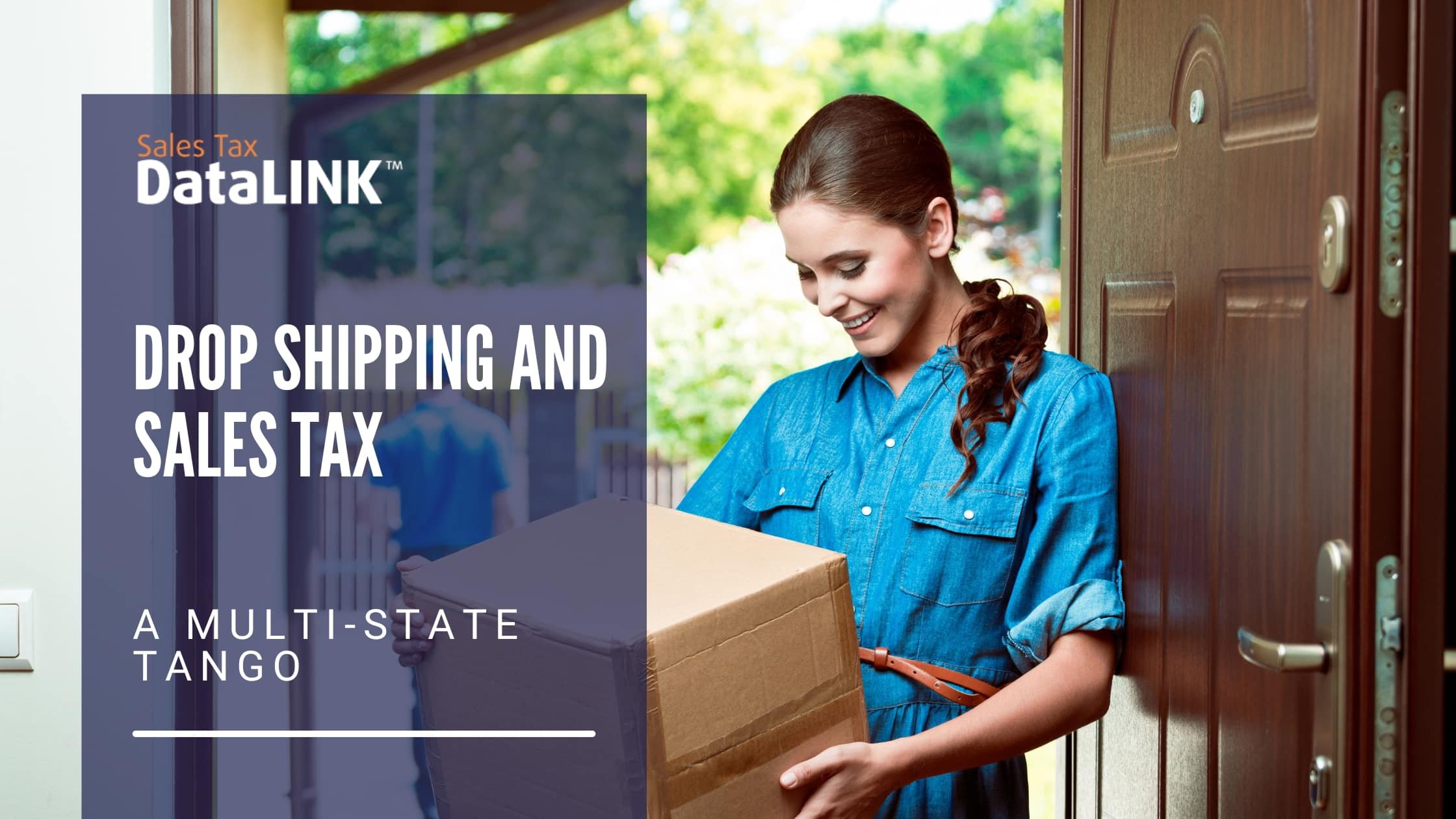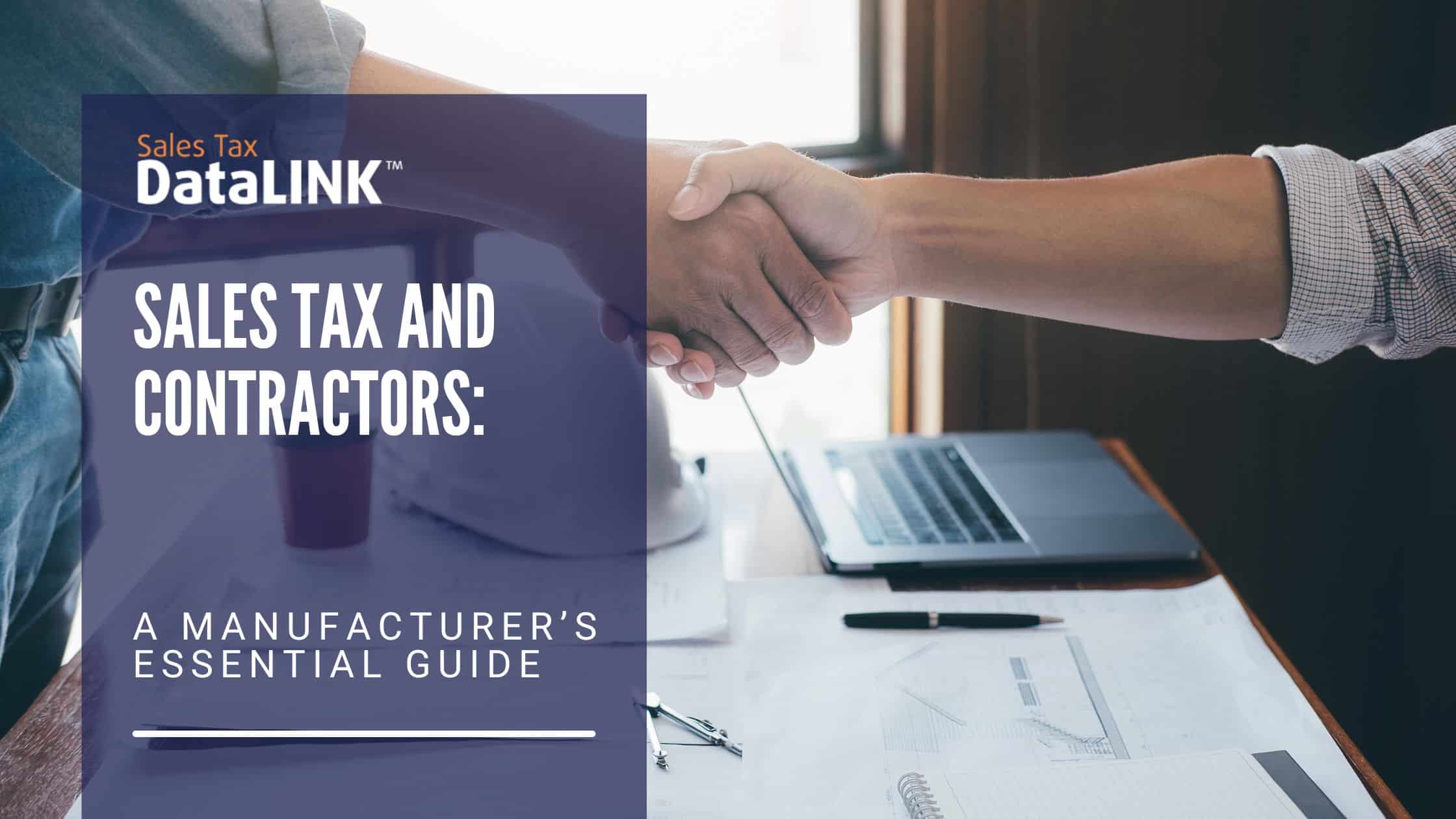Navigating Changing Sales Tax Laws and Compliance Challenges
Sales tax has been a reality in the United States for a little bit more than a century. Since the U.S. Constitution doesn’t mention sales tax, the 10th Amendment means that each state can set its own sales tax. Cities and counties can also have their own local taxes. In 1997, the Supreme Court determined that a state could only require sales tax compliance from companies with a physical presence in their state. In 2018, the Supreme Court overturned that decision and ruled that states could define sales tax nexus in other ways. In 2022, online sales hit $5.7 trillion globally, and there’s no reason to think that consumers will give up online shopping. In 2023, we expect to be able to get what we need regardless of where we are.
One of the possibly unforeseen results of all these changes is that sales tax compliance has become an enormous burden for many small and medium-sized businesses. It is not uncommon nowadays to hear business owners say that they are seriously considering closing down their businesses just because of the burden of sales tax compliance. Sales tax software was — to hear the Supreme Court tell it — supposed to solve the problem. In some ways, automating sales tax compliance with sales tax software is a perfect solution. But that’s before you consider the sales tax software surprises businesses often face.
Effortless Implementation: Choosing Sales Tax DataLINK for Seamless Integration
When you decide to purchase sales tax software for your business, you may think you’re buying a commodity. If you’re a retailer, you probably just pick a point-of-sale system or e-commerce shopping cart and make a quick choice among sales tax solutions packaged with that software. If you’re a manufacturer or a company engaged in construction, mining, or other more complex industry, you may figure any package that works with your ERP will do the trick.
In fact, there are big differences on the very first day you decide on your software solution. If you choose Sales Tx DataLINK, we’ll ask you, “What time today do you want to start?” For a lot of other software packages, however, you can expect to spend weeks or months getting the new software in place and running.
Surprise billing
You may see pricing which “starts at” some reasonable figure. Then you discover that your monthly cost includes per-calculation pricing, a lot of mysterious fees, and extra costs for support. Sticker shock is a frequent experience. In fact, many business owners face sticker shock every month as costs climb without warning.
Breaking Free from Cost Escalation and Restrictive Contracts: A New Approach to Tax Software
Many tax software packages increase by 14 to 16% every year. Having gone through the lengthy nightmare that often makes up onboarding and implementation, companies hesitate to change, fearing that they’ll be jumping out of the frying pan into the fire.
Contracts are often designed to make it unclear just how much you’ll pay, and even to make it hard to leave a vendor when you know you’re having a bad experience. The price increase announcement arrives and your heart sinks, but then you think about how much trouble it will be to make the change, and you soldier on.
Sales Tax DataLINK is different
We’ll give you a demo with your own data, not a set of numbers we’ve put together. That way you can really see how Sales Tax DataLINK’s sales tax software works, and how it will fit into your workflow. What’s more, we offer unlimited use of our robust tax tables and patented software at a single predictable price. Just call 479-715-4275 today to see how our software can make a difference in your business.




